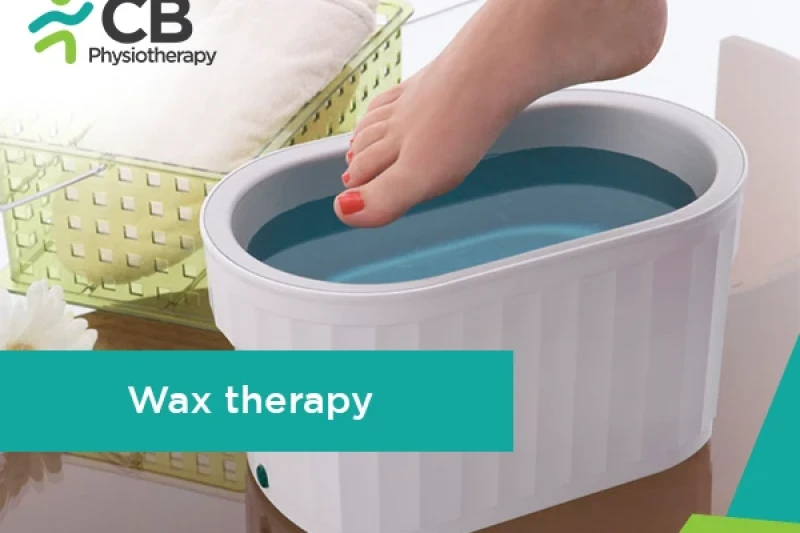
Wax therapy is a form of deep heat therapy one of the most effective ways of applying heat to improve mobility by warming the connective tissues. Wax Therapy, involves the application of molten paraffin wax, to the connecting tissues causing muscle relaxation and improving joint mobility. It is mainly used to treat Painful hands and feet. It is used in combination with common mobilizing techniques and customized exercise programs to achieve better results.
You need a paraffin wax bath, a pair of mittens, and about 1 kg (2lb) of paraffin wax. If you look after the paraffin wax, you may reuse it and it may last almost 2 years or more. You will need a paraffin wax bath that has a thermostat so that you can be able to control the heat and avoid overheating. We strongly recommend you test a small area on the inside of your wrist before a full immersion of your hands or feet. In Wax Therapy, Molten Paraffin wax is applied to the skin in the form of layers so that it gets built up. Then the wax starts getting hard upon coming in contact with air away from the wax bath. The wax is then peeled off with no pain and the area is now ready for Massage, Exercise, Stretching, or any additional therapeutic measures.
Paraffin wax is tested in a lab to make sure it’s safe and hygienic to use on the body. It’s completely natural and has a low melting point, which means it can be easily applied to the skin at a temperature low enough not to cause burns or blisters. However, if you have very sensitive skin, paraffin wax may cause heat rash. Heat rash results in small red bumps on the skin that can be itchy and uncomfortable.
Select your City to find & connect with our experts regarding Physiotherapy for Wax Therapy